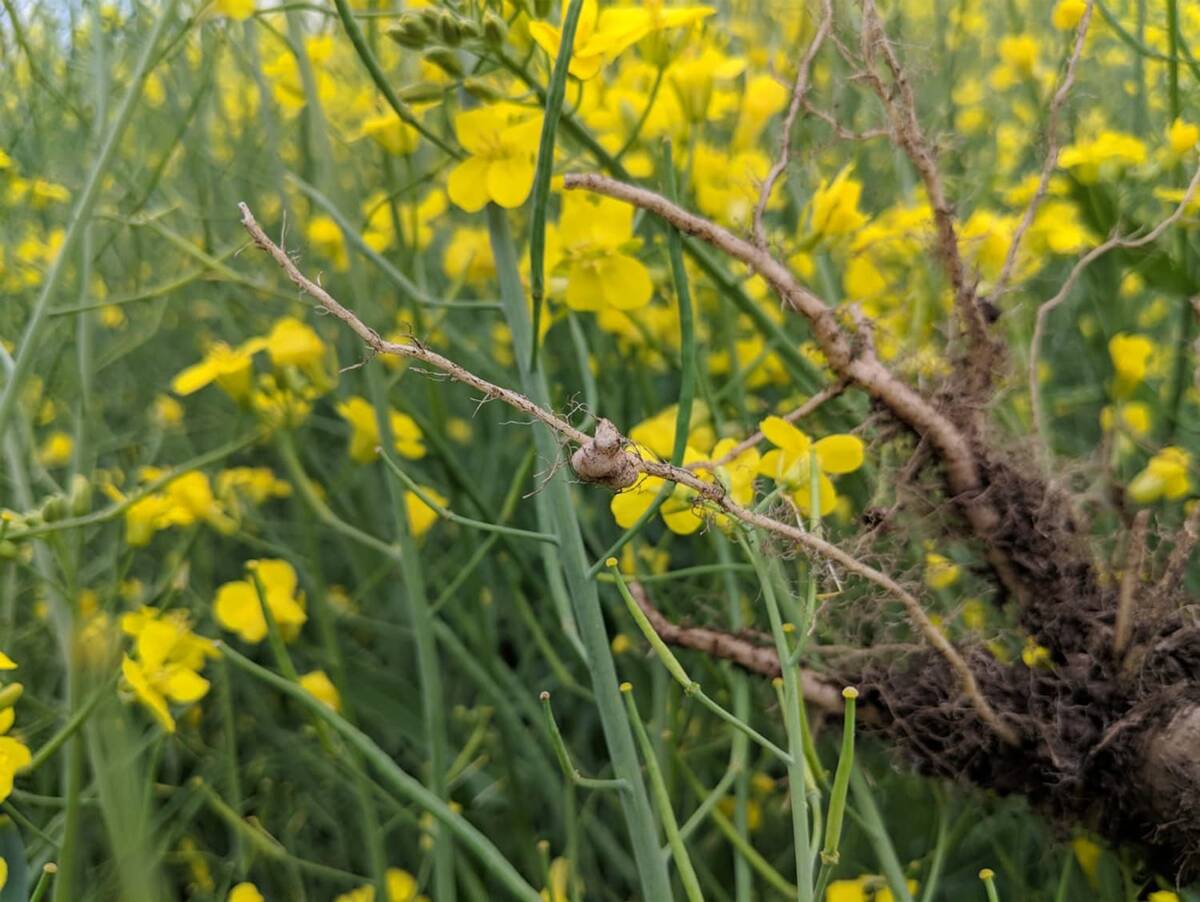SASKATOON – Floods and pests may be the savior of winter wheat.
“There was quite a significant acreage increase this past year,” said Brian Fowler, a winter wheat researcher at the University of Saskatchewan.
Some producers in Saskatchewan had more than 72 bushels per acre, with many crops producing more than 50 bu/ac.
“The winter wheat was out in the field growing when spring crops were still in the bin,” said Fowler.
Farmers who were prevented from seeding this spring in southern Alberta and eastern Saskatchewan because of floods have planted winter wheat on their fallow land this fall, said Bruce Burnett, analyst in weather and crop surveillance at the Canadian Wheat Board.
Read Also

Going beyond “Resistant” on crop seed labels
Variety resistance is getting more specific on crop disease pathogens, but that information must be conveyed in a way that actually helps producers make rotation decisions.
“This allows them to get planting,” said Burnett, of Winnipeg.
Eyed with envy
Farmers who couldn’t get near their soggy fields for months looked with envy at their neighbors’ rapidly growing winter wheat.
“That type of wet spring is ideal conditions and that’s its advantage over spring wheat. It’s using that moisture more efficiently,” said Burnett.
Ike Lanier, past chair of the Alberta Winter Wheat Producers Commission, said he estimates winter wheat acreage doubled this fall.
In addition to the weather, two improved varieties, CDC Kestrel and AC Readymade, have also played major roles in the increased acreage, said Lanier, of Lethbridge.
“They’re just a hell of a lot better than Norstar,” he said.
Winter wheat also seems to be less susceptible to wheat midge, a tiny insect that has devastated more than a million acres of Saskatchewan spring wheat crops.
Lee Moats, provincial agrologist with Ducks Unlimited, said he hasn’t heard of one case of wheat midge attacking winter wheat. Winter wheat is susceptible to wheat midge, but the wheat heads are often more mature than spring wheat heads at the time the wheat midge causes the most damage.
Saskatchewan has posted the largest jump in winter wheat acres. Last year, farmers in the province produced about 25,000 tonnes, compared to this year’s estimated 43,300 tonnes.
In Manitoba, an early week of extremely hot weather reduced yields, said Daryl Domitruc, research manager of the Manitoba Zero Tillage Research Association, in Brandon.
But the production estimated to be around 8,200 tonnes is more than triple last year’s 2,500 tonnes of production.
A price increase has also given a boost to winter wheat growers. The most recent wheat board pool return outlook predicts winter wheat prices at Saskatchewan elevators will be $4.59 to $4.85 a bushel, compared with last year’s $4.27.















